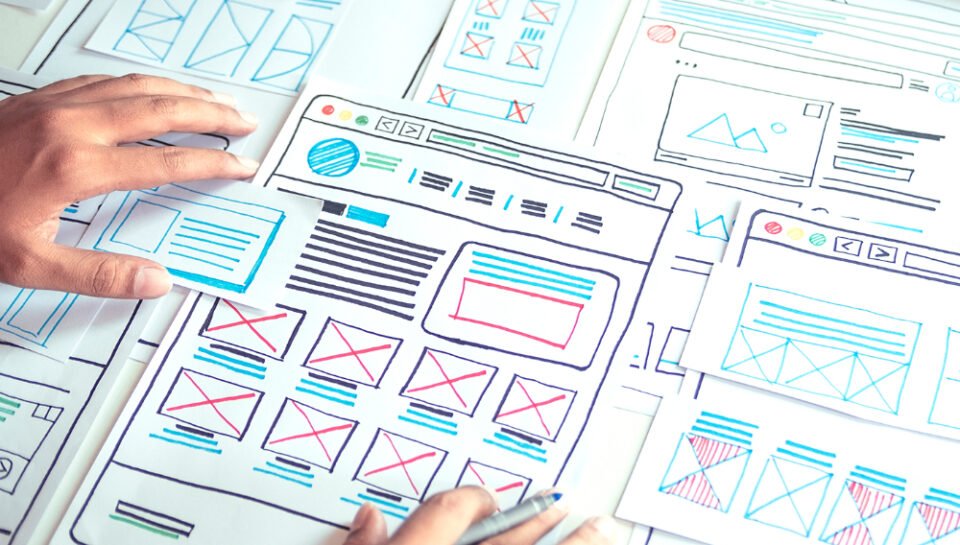
Briefly note the role of accessibility standards in redesign planning
Introduction
Accessibility standards are essential guidelines that ensure digital platforms are usable by people of all abilities, including those with visual, auditory, cognitive, and motor impairments. In redesign planning, integrating these standards is not just a legal or ethical responsibility—it enhances usability for all users, boosts brand reputation, and broadens audience reach. Thoughtfully embedding accessibility into the redesign process leads to more inclusive, functional, and user-friendly experiences for everyone.
Enhancing Inclusivity for All Users
Accessibility standards such as the Web Content Accessibility Guidelines (WCAG) provide a framework to ensure digital products cater to people with diverse abilities. Applying these standards in redesign ensures that no user is excluded from accessing or interacting with the platform.
Legal Compliance and Risk Management
Many countries enforce digital accessibility through regulations like the Americans with Disabilities Act (ADA) or the European Accessibility Act. Incorporating accessibility standards during redesign helps organizations stay compliant, thereby avoiding legal complications and potential lawsuits.
Improving Overall User Experience
Accessible design benefits all users, not just those with disabilities. Features such as better color contrast, clear navigation, and readable text improve usability for users in low-light environments, older adults, and those using mobile devices, enhancing the overall experience.
Boosting SEO and Site Performance
Accessibility standards often overlap with SEO best practices. Using proper heading structures, alt text for images, and semantic HTML not only makes a site more accessible but also improves its visibility in search engine rankings, benefiting digital marketing efforts.
Supporting Assistive Technologies
Users who rely on screen readers, voice navigation, or keyboard-only controls need designs that are compatible with assistive tech. Redesigning with accessibility in mind ensures these users can navigate, consume content, and complete actions without barriers.
Building a Positive Brand Image
A brand that champions accessibility demonstrates social responsibility and empathy. In redesign planning, visible commitments to inclusivity can foster customer loyalty, attract new audiences, and improve public perception.
Enabling Consistency Across Devices
Responsive design aligned with accessibility standards ensures that users have a consistent experience across devices. This is critical for those using alternative input methods or smaller screens, reinforcing the need for accessible design elements in the redesign.
Incorporating Feedback from Diverse Users
User testing with individuals who have disabilities provides valuable insights during redesign planning. It helps identify barriers that automated tools may miss, ensuring the final product is genuinely inclusive and accessible.
Streamlining Future Maintenance
Building accessibility into the redesign phase avoids costly retrofits later. It ensures the platform is built on a solid, inclusive foundation that simplifies updates, scaling, and feature additions over time.
Driving Innovation in Design
Accessibility challenges encourage creative problem-solving and innovation. Designers often discover new interaction models or design patterns that are not only accessible but also improve overall product usability and engagement.
Conclusion
Accessibility standards play a critical role in redesign planning by ensuring that digital experiences are usable by everyone, regardless of ability. Beyond compliance, accessible design elevates user experience, expands market reach, and reflects a brand’s commitment to social equity. By embedding accessibility into the core of redesign strategy, organizations can create digital platforms that are not only inclusive but also future-ready and impactful.
Hashtags
#accessibility #inclusivewebdesign #wcag #a11y #uxredesign #digitalinclusion #accessibleux #webaccessibility #ada #uxstrategy #ethicaldesign #universaldesign #assistivetechnology #screenreaderfriendly #keyboardnavigation #accessiblecontent #designforall #accessibilitymatters #accessibleredesign #userinclusion #compliancedesign #responsiveux #equityindesign #uxbestpractices #barrierfreeweb





